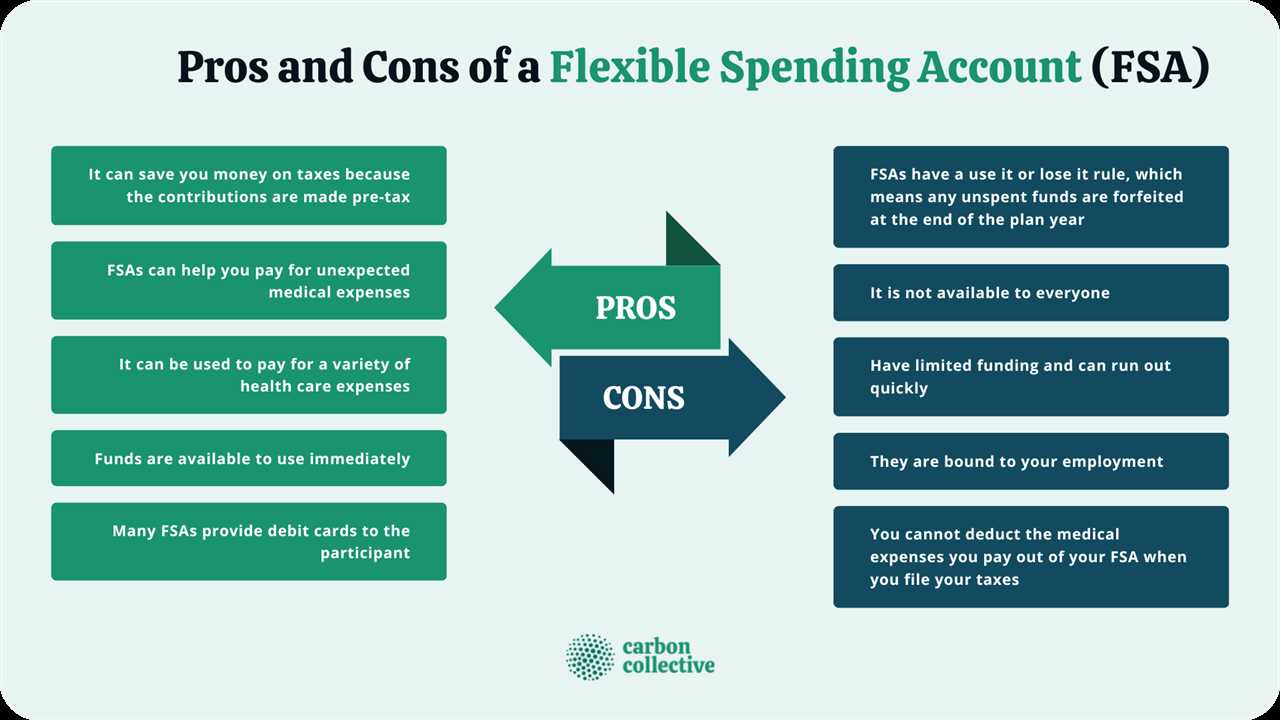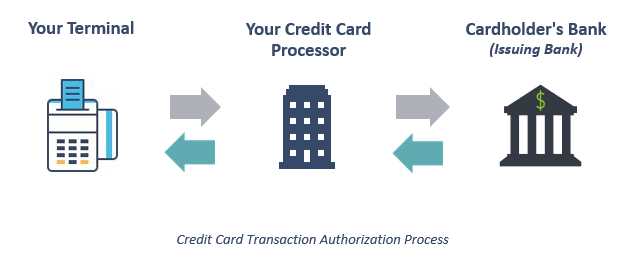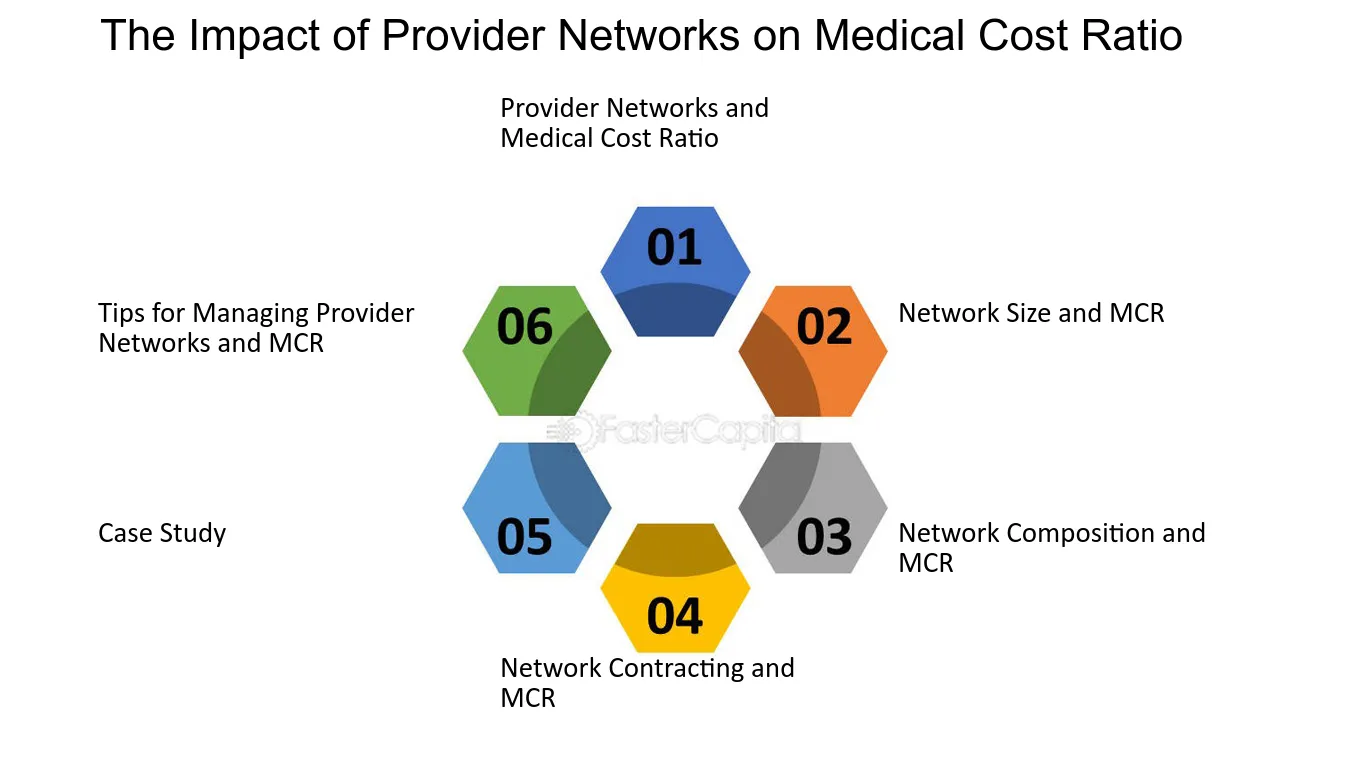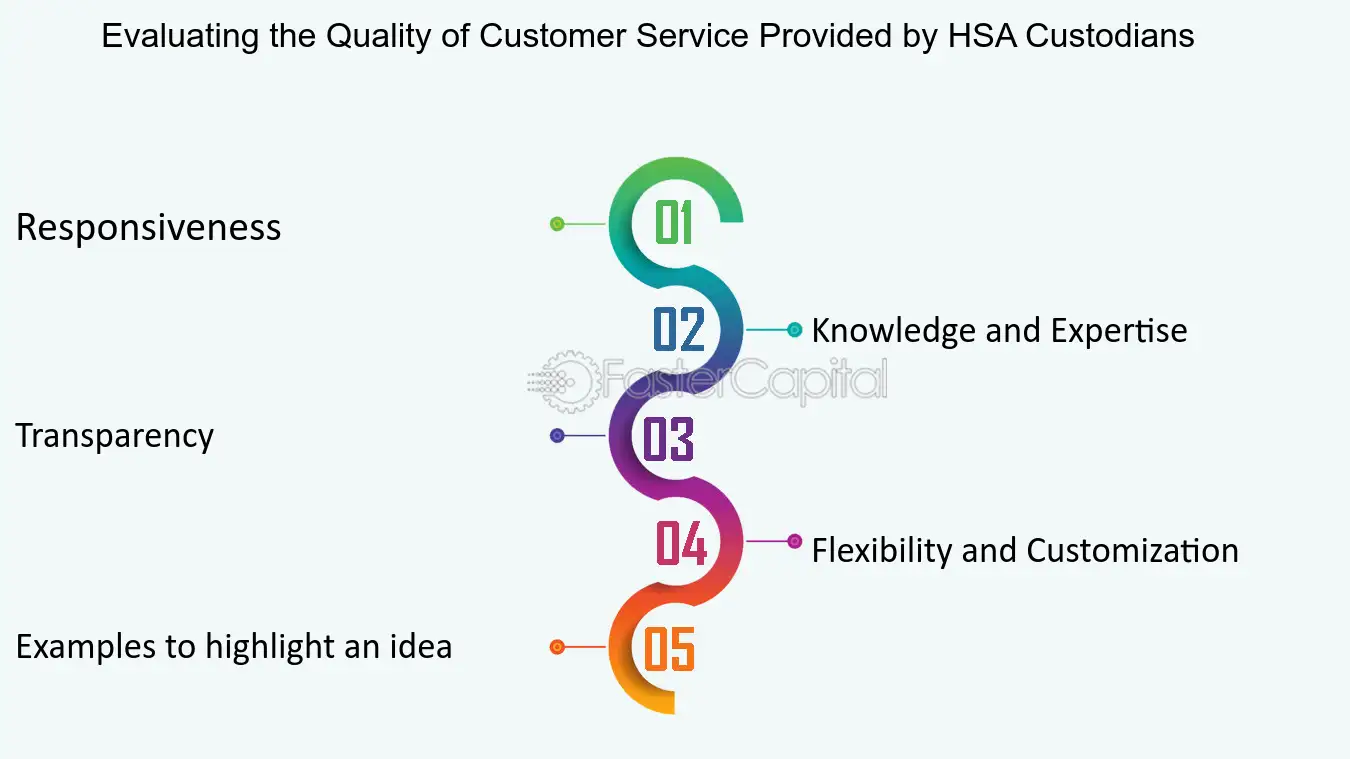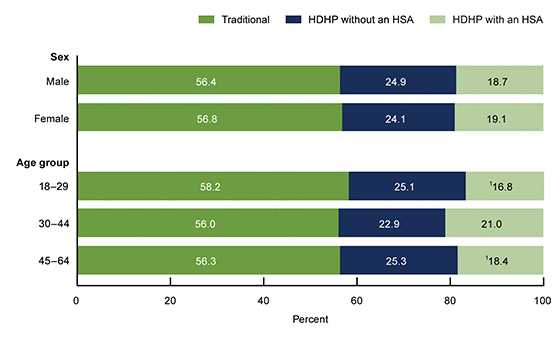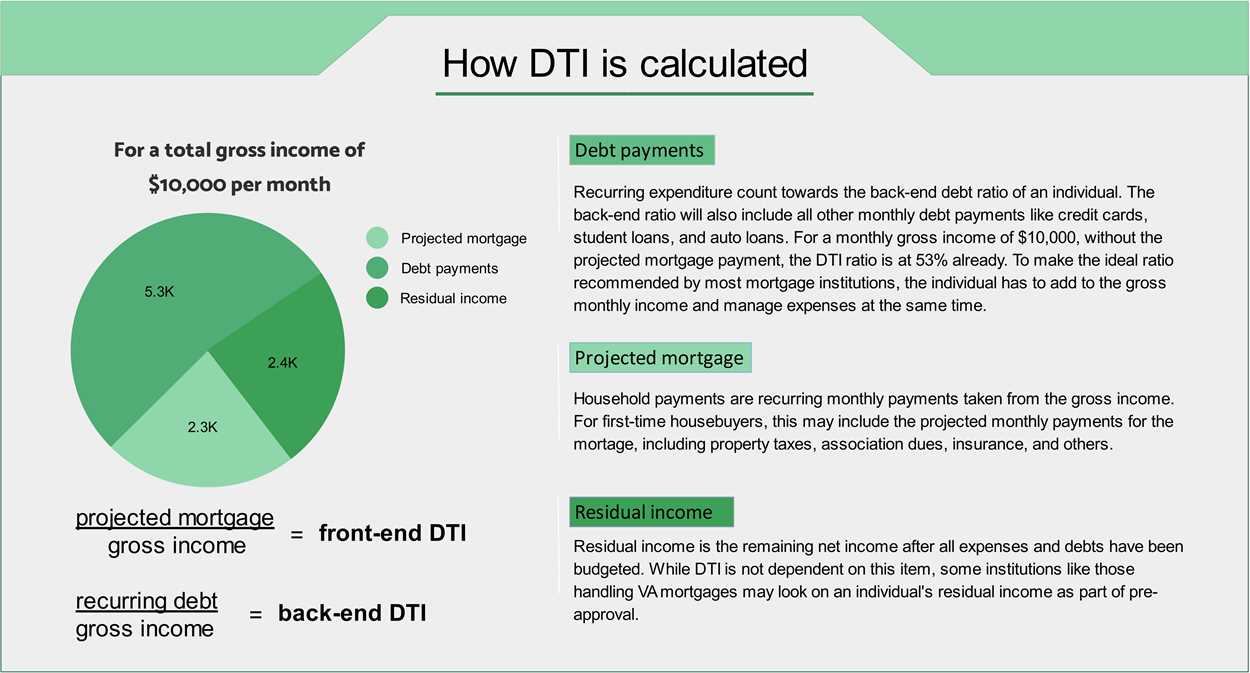Hardship Exemptions: Definition And Process
Definition of Hardship Exemptions A hardship exemption is a provision that allows individuals to be exempt from certain requirements or penalties based on their unique circumstances. These exemptions are typically granted when individuals can demonstrate that complying with the requirements would cause them significant hardship. Hardship exemptions can be applied … …


